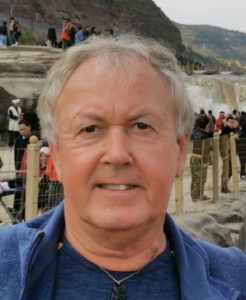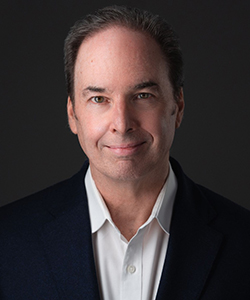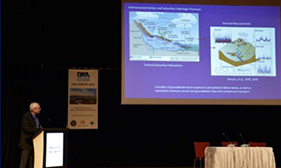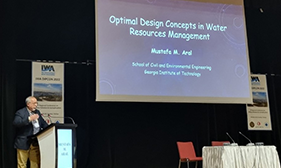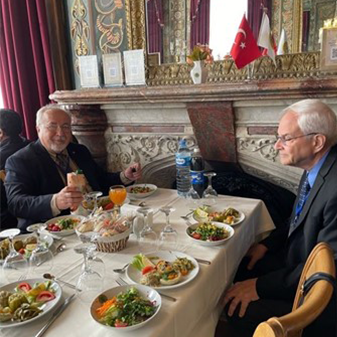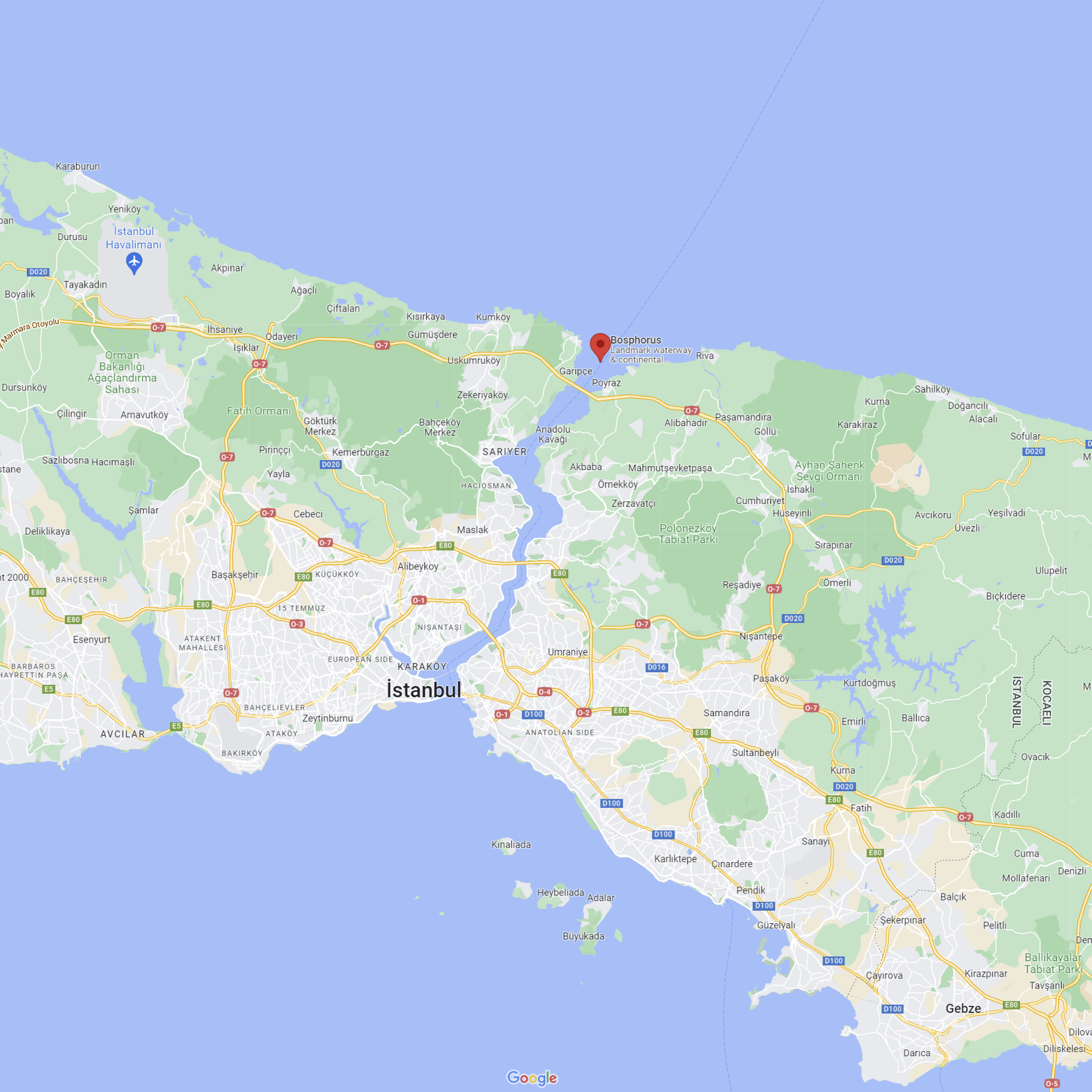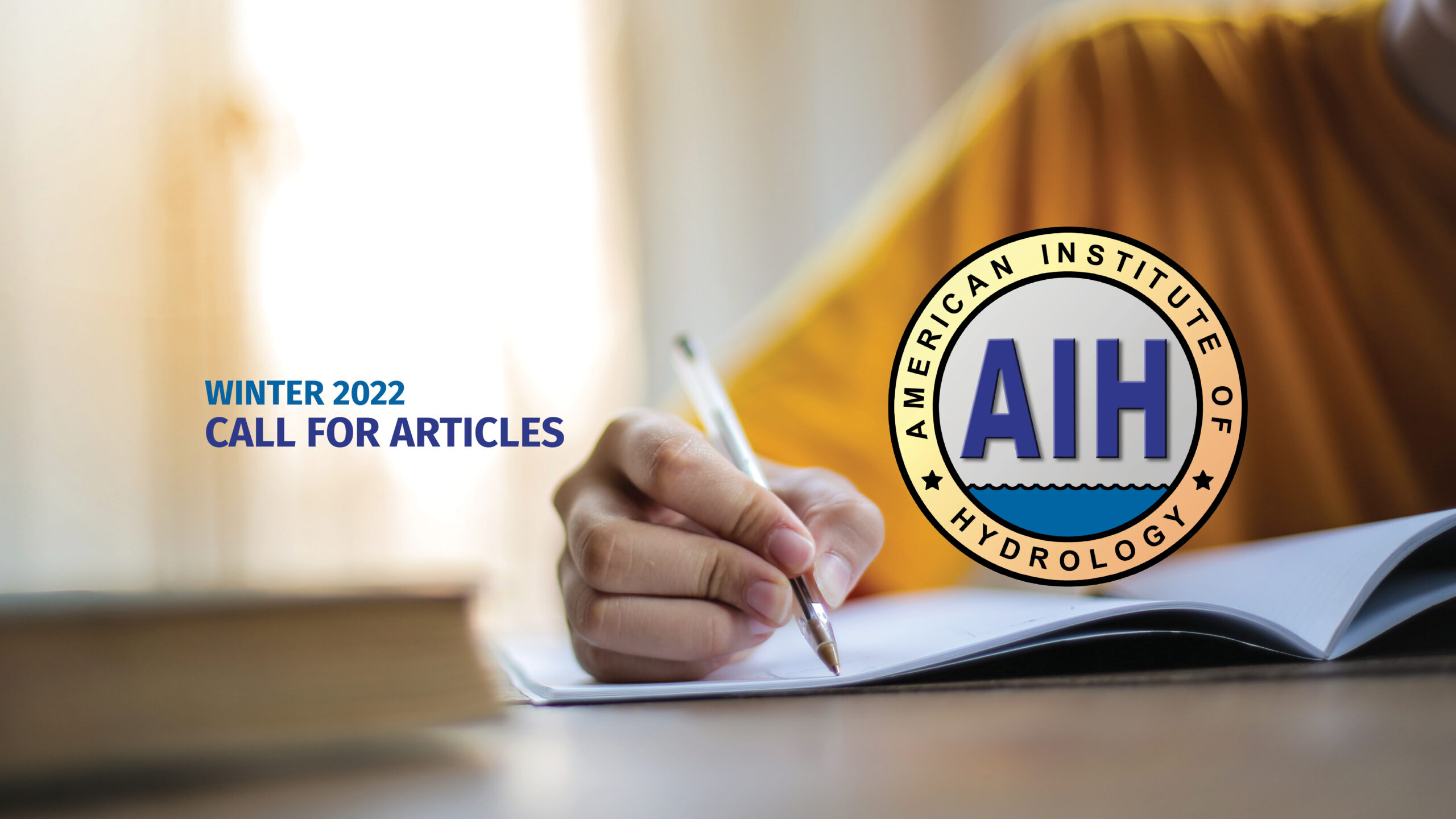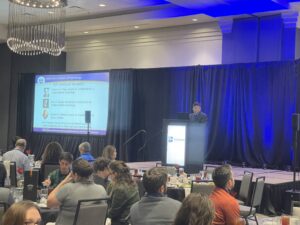 AIH Awards at the AWRA 2023 Annual Water Resources Conference
AIH Awards at the AWRA 2023 Annual Water Resources Conference
Dr. Zhong Zhang represented the American Institute of Hydrology (AIH) this year at the Annual AWRA Conference in Raleigh, November 6-8, 2023. The conference included plenary and concurrent sessions featuring dynamic keynote speakers, panel discussions, technical sessions and short workshops.
During the award ceremony, which took place on November 8th, Dr. Zhang presented three AIH awards for outstanding hydrologists in the areas of groundwater, surface water and Founders Award for Institute Development. The Charles V. Theis award for groundwater was presented to Dr. Ken Howard. The Ray K. Linsley award for surface water was presented to Dr. Jeff McDonnel. The Founders Award for Institute Development was presented to Dr. John Nieber, who was the past AIH President (2019 to 2020). During the award ceremony, Dr. Zhang provided an overview about AIH and presented notes on behalf of the awardees, who could not be present at the conference.
Dr. Zhang also gave a workshop about the Hydrologist-In-Training (HIT) examination to interested attendees. In addition, Dr. Zhang gave a presentation titled “Evaluating Carbon and Nitrogen Discharged from the South Fork of the Iowa River and the Relation of these Discharges to Agricultural Conservation Practices”.
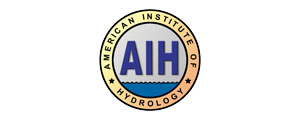
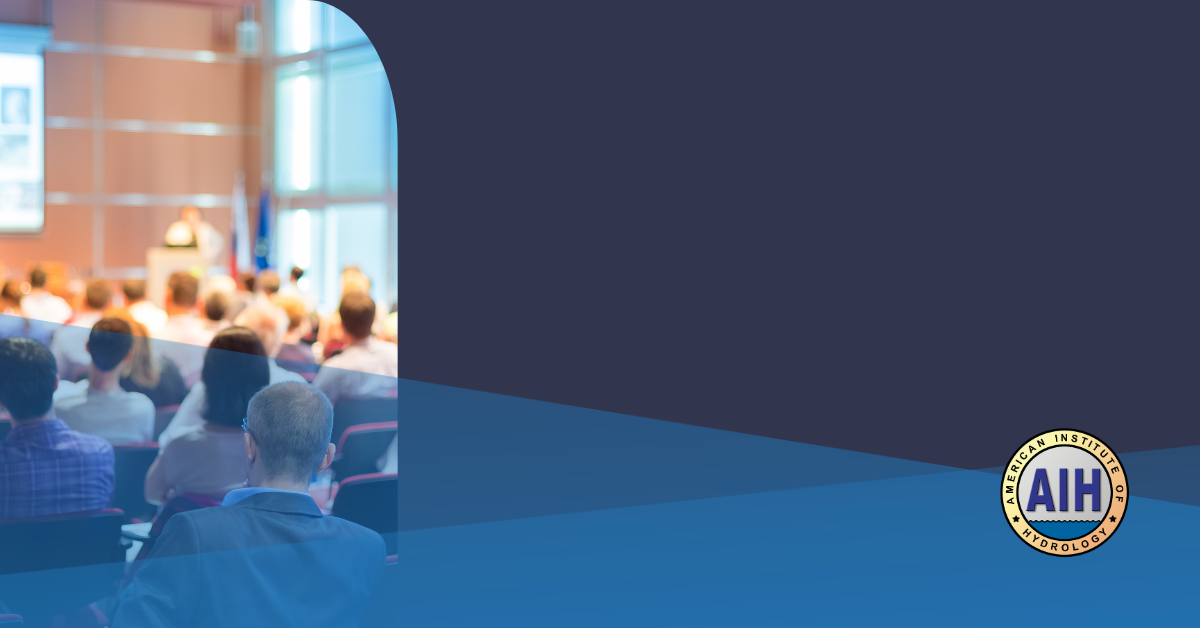





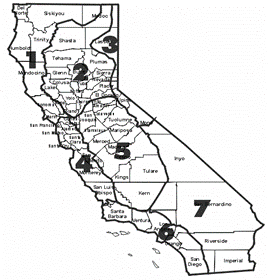

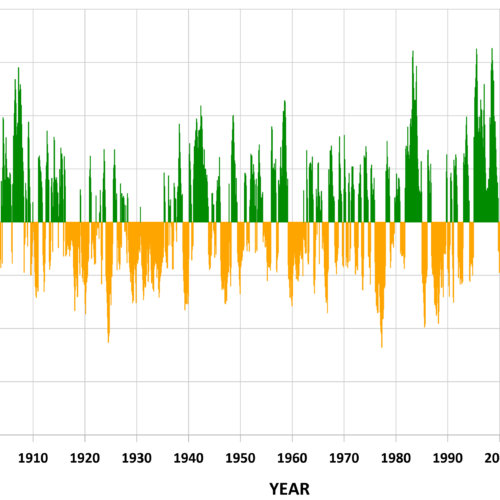
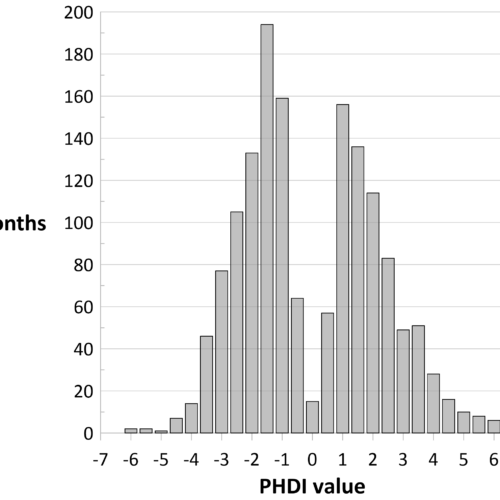
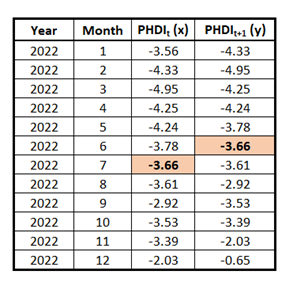


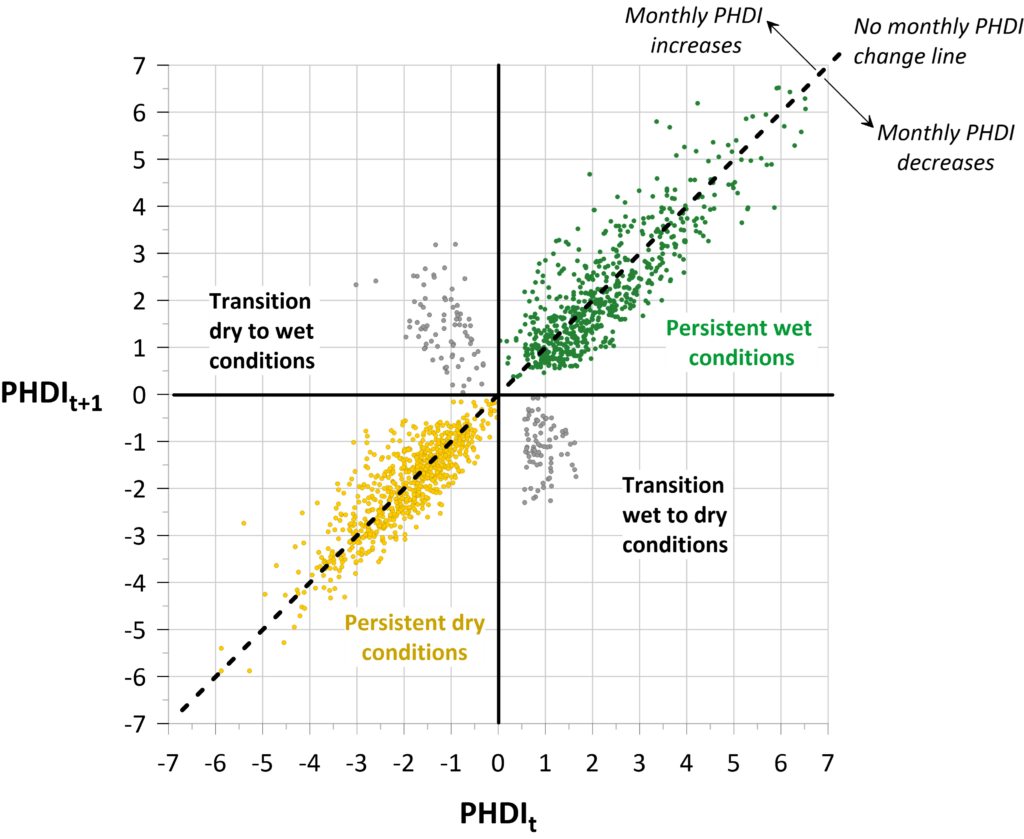
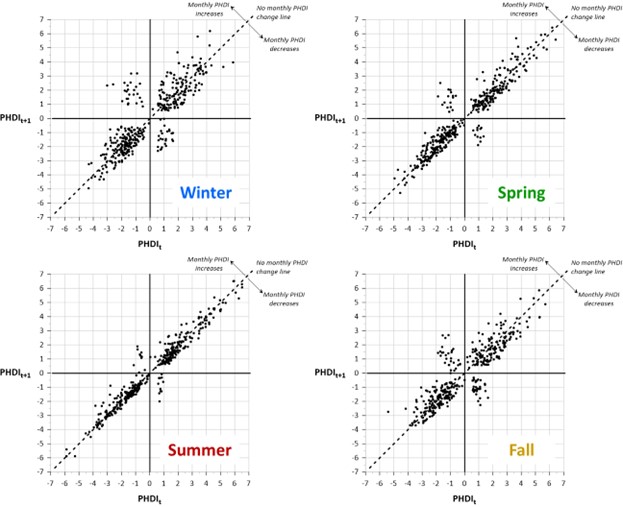
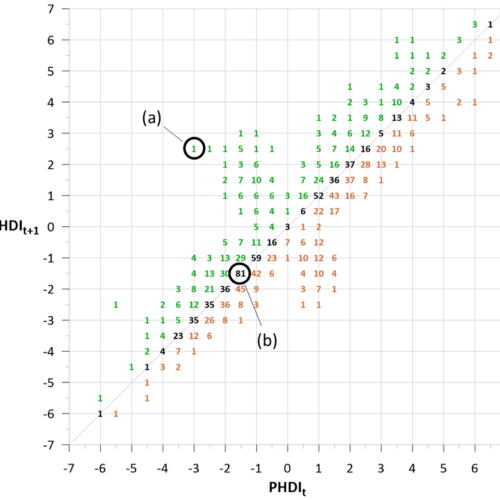
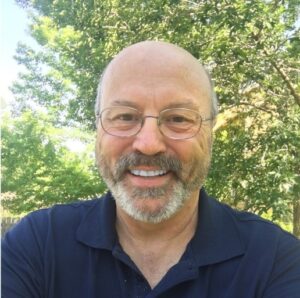 Dr. Koehler is the CEO of Visual Data Analytics and a certified professional hydrologist with over 40-years’ experience.
Dr. Koehler is the CEO of Visual Data Analytics and a certified professional hydrologist with over 40-years’ experience.
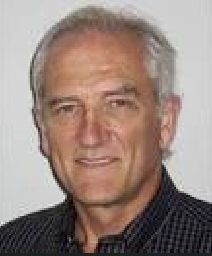 Founder’s Award:
Founder’s Award: